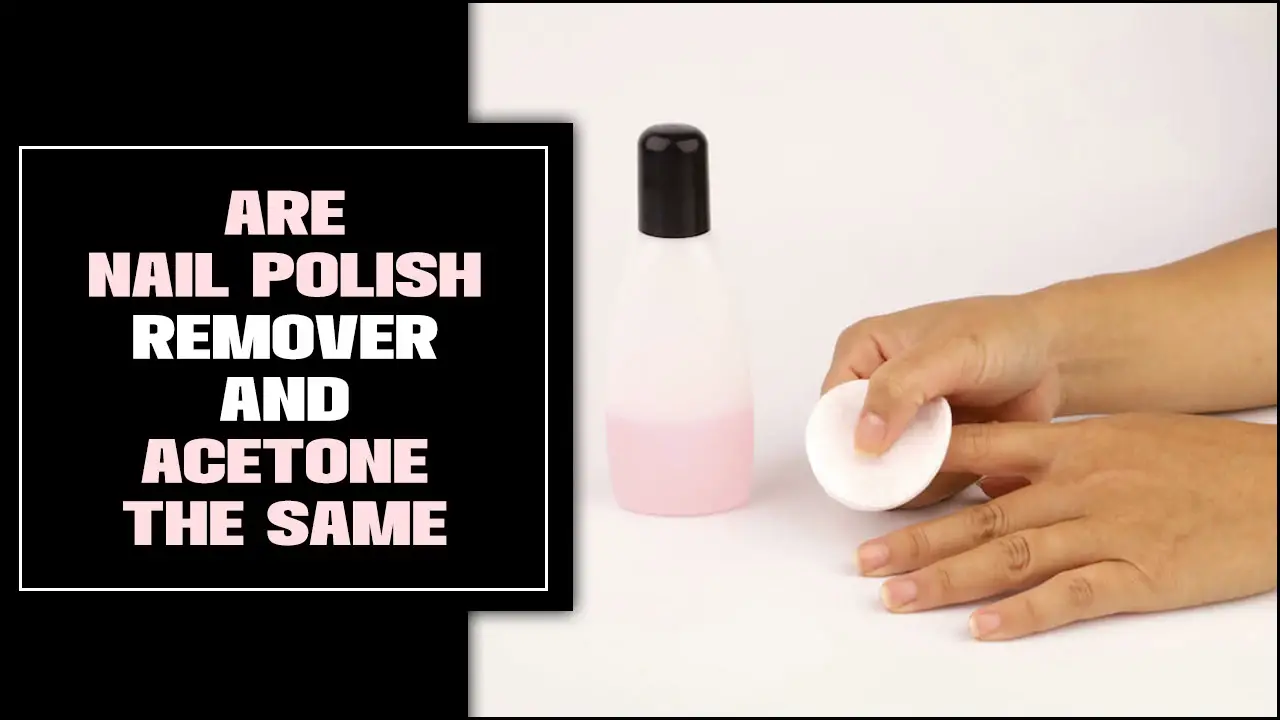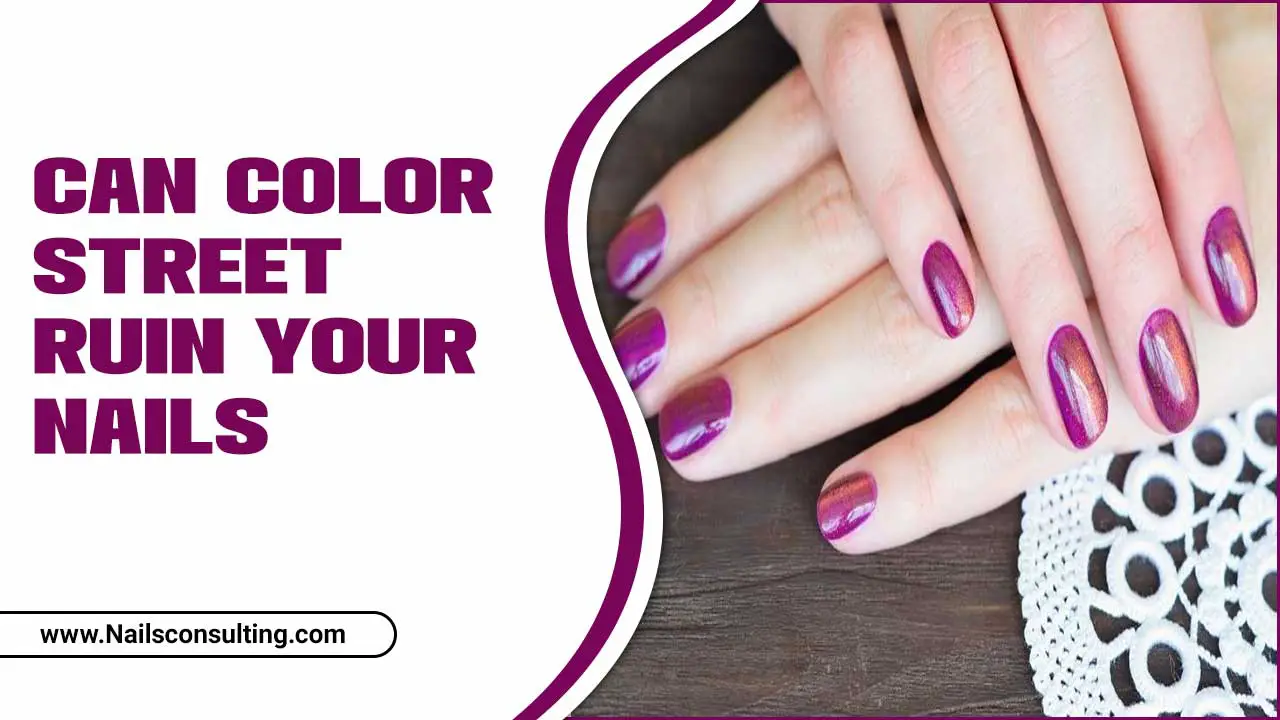Gradient nail polish design techniques are surprisingly easy to master with the right tools and a few simple methods. You can create stunning ombré effects at home, transitioning colors smoothly for a professional, salon-worthy look. This guide breaks down the genius tips to achieve flawless gradients every time, even if you’re a beginner!
Getting those smooth, blended color transitions on your nails, often called ombré or gradient nails, might seem super complicated. You see them on social media and think, “Wow, how did they do that?” It’s true, achieving that perfect fade without harsh lines can be tricky at first. But guess what? It’s totally doable for everyone!
At Nailerguy, we’re all about making nail art fun and accessible. Forget expensive salon visits; you can create these beautiful ombré designs right at home with just a few basic supplies. We’ll walk you through the easiest and most effective gradient nail polish design techniques, so you can confidently rock this trendy look. Get ready to transform your nails into a masterpiece!
Frequently Asked Questions About Gradient Nails
What exactly are gradient nail polish designs?
Gradient nail polish designs, also known as ombré nails, feature a smooth transition of colors on each nail. Instead of solid blocks of color, you see a beautiful blend from one shade to another, creating a soft, even fade.
What is the easiest way to do gradient nails for beginners?
The easiest method for beginners is using a makeup sponge. You’ll dab a few colors onto the sponge and then gently press it onto your nail to create a blended effect. It’s forgiving and yields great results quickly!
Do I need special nail polish for gradient designs?
No, you don’t need special polish! Regular nail polish in your desired colors works perfectly. Nail polish that is slightly more opaque or has a good consistency tends to work best, but most formulas are suitable.
How do I avoid getting polish all over my fingers?
A great tip is to apply a layer of petroleum jelly or a liquid latex barrier around your nail before you start. This protects your skin. You can also use a small brush dipped in nail polish remover to clean up any mistakes afterward.
Can I do gradient nails with more than two colors?
Absolutely! You can create beautiful gradients with three or even four colors. The key is to blend the colors on the sponge or brush while they are still wet to achieve a seamless transition.
How long do gradient nails typically last?
Like any regular manicure, gradient nails can last anywhere from 5 to 10 days, depending on the quality of your base coat, top coat, and how well you care for them. Using a good quality top coat is crucial for longevity.
What’s the difference between gel and regular polish for gradients?
Gel polish can offer a smoother, more saturated color application and tends to last longer. However, regular polish is more accessible. Both can achieve beautiful gradients, but gel polish often requires a UV/LED lamp to cure.
Your Gradient Nail Toolkit: What You’ll Need
Before we dive into the magic of creating gradients, let’s make sure you have everything you need. Don’t worry, it’s not a long or complicated list! Most of these items are probably already in your nail polish stash.
Nail Polish Colors
This is where the fun begins! Choose at least two colors that look good together. Popular choices include:
- Light to dark shades of the same color (e.g., pale pink to hot pink)
- Contrasting colors (e.g., blue and yellow)
- Metallics and glitters to add sparkle
- Pastels for a soft, dreamy look
Pro Tip: Ensure your chosen polishes are not too thick or too watery. A medium consistency works best for blending.
Application Tools
These are the secret weapons for achieving that smooth blend:
- Makeup Sponges: These are your best friends for ombré! You can use a regular cosmetic sponge or a specific nail art sponge. Cut it into small pieces for easier handling.
- Small Brush or Toothpick: Useful for cleaning up edges and creating sharper lines if needed.
- Paper Plate or Palette: To mix your colors on before applying them to the sponge.
Prep and Protection Essentials
These are crucial for a flawless finish and easy cleanup:
- Base Coat: Protects your natural nails and helps polish adhere better.
- Top Coat: Seals your design, adds shine, and prevents chipping. A quick-dry top coat is a lifesaver!
- Cotton Pads and Remover: For inevitable little oopsies.
- Cuticle Oil: To rehydrate your skin after the process.
- Petroleum Jelly or Liquid Latex (Optional but Recommended): For easy cleanup around the nails.
Technique 1: The Genius Sponge Method for Perfect Gradients
This is hands-down the most popular and beginner-friendly way to create stunning gradient nail polish designs. It’s quick, effective, and you can achieve amazing results with a humble makeup sponge!
Step 1: Prep Your Nails
Start by cleaning your nails and applying a base coat. Let it dry completely. This protects your nails and gives your polish something to grip onto.
Step 2: Apply Polish to the Sponge
On your paper plate or palette, apply stripes of your chosen nail polish colors. Place them side-by-side, ensuring they touch slightly. For a two-color gradient, use two stripes. For a three-color gradient, use three!
Example: If you’re going for a pink to purple gradient, apply a stripe of pink next to a stripe of purple.
Step 3: Blend (Gently!)
You can lightly tap your sponge onto the polish stripes on the palette to pick up the colors. For even better blending, gently dab the sponge onto the polish on your paper plate a couple of times to merge the edges of the colors directly on the sponge.
Step 4: The Magic Dab!
Now, take your sponge and gently dab it onto your nail. Start at the cuticle and roll or dab upwards towards the tip. You might need to do several light dabs to build up the color gradient. Don’t press too hard, or you’ll just smudge it!
Step 5: Repeat and Perfect
Don’t worry if the first attempt isn’t perfect. You can reapply polish to the sponge and go over your nail again to intensify the colors or smooth out any harsh lines. Experiment with different dabbing pressures to see what works best.
Step 6: Clean Up and Seal
Once you’re happy with the gradient, use a small brush dipped in nail polish remover to clean up any polish that got onto your skin. Wrap a bit of cotton around a toothpick for precision! Once clean, apply a generous layer of top coat. This will help meld the sponged colors together for an even smoother finish and lock in your beautiful design.
Tip: For a super smooth blend, don’t be afraid to go over your gradient with a second thin coat of polish on the sponge if needed after the first layer has partially dried.
Technique 2: The Brush Blend Ombré Technique
If you prefer a more controlled application or don’t have a sponge handy, the brush blend method is a fantastic alternative. This technique uses a clean brush to manually blend your polishes directly on the nail.
Step 1: Base Coat and First Color
Apply your base coat and let it dry. Then, apply your first color (usually the lighter shade) all over the nail. Let it dry completely. This is important so the colors don’t just become muddy.
Step 2: Apply the Second Color
Now, take your second polish (the darker or contrasting shade) and paint a stripe or shape on the tip or cuticle area of your nail where you want the color to begin its transition.
Step 3: Blend with a Clean Brush
Grab a fan brush or a stiff, flat nail art brush. You can also use a wide, flat synthetic brush. Dip the brush lightly in a nail air-dry solution or a bit of alcohol (rubbing alcohol works well, but use sparingly) to help the polish flow and prevent stickiness. Then, use the brush to gently blend the edge where your two colors meet. Use short, overlapping strokes to create the gradient effect.
It’s essential to keep your brush relatively clean and dry between blending strokes. You can wipe excess polish off on a paper towel or cotton pad.
Step 4: Add More Colors (Optional)
If you want to add a third color, repeat steps 2 and 3, applying the new color and blending it with the adjacent shades. Work quickly while the polish is still wet.
Step 5: Clean Up and Seal
Clean up any stray polish on your skin with your brush and remover. Once everything is dry, apply a generous layer of top coat to seal and smooth the gradient. A glitter top coat can be excellent for masking any minor imperfections in the blend.
Tip: Always use a clean brush for blending! If the brush gets too saturated with polish, it can make a mess instead of a smooth blend. A nail art brush is also incredibly versatile for detailed work.
Technique 3: The Clear Polish Layering Method
This is a more time-consuming method but can give you incredible control and a very smooth finish, especially if you’re working with colors that are difficult to blend.
Step 1: Base Coat and First Color
Apply your base coat and let it dry. Then, apply your first polish color (usually the lightest) all over the nail. Apply a thin layer of clear top coat directly over the wet polish. This clear layer acts as a ‘wetting’ agent for the next color.
Step 2: Apply Second Color to Brush
Take your second polish color and dab a small amount of it onto the tip of a clean, dry nail art brush or a fine-tipped detail brush.
Step 3: Tap and Blend
Gently tap the brush with the second color onto the tip of your nail, over the wet clear coat. Then, use the brush to carefully blend the edge between the first and second colors. The clear polish will keep both colors from drying too quickly, allowing for seamless merging.
Step 4: Add More Colors
If you are using more than two colors, dampen the brush with a tiny bit of clear polish and pick up the next color. Continue tapping and blending your way up the nail.
Step 5: Clean Up and Seal
Clean up any excess polish around your cuticle with a brush and remover. Once the polish is completely dry, apply a thorough top coat to seal everything in and give it a beautiful, glossy finish.
Tip: This method is excellent for preventing harsh lines and is especially good for glitter polishes trying to achieve a gradient effect.
Advanced Tips for Next-Level Gradients
Once you’ve mastered the basics, here are some genius tips and tricks to elevate your gradient game and achieve salon-worthy results:
The Power of Top Coat
Don’t underestimate your top coat! A good quality, slightly thick top coat can be your best friend. Applying it gently over a dry gradient can help meld the colors together, smoothing out any subtle ridges or imperfections and giving you that perfect glossy finish. A quick-dry top coat is your savior for busy bees!
Layering Glitter
Glitter polish can be tricky to get a smooth gradient with on its own. Try applying your base colors first using the sponge or brush method. Once that’s dry, use a glitter polish strategically. You can apply it only to the tips, or use a dry brush technique to dab glitter onto certain areas, creating a beautiful sparkling gradient effect.
Color Combinations and Planning
Think about your color palette! Gradients look stunning when colors flow naturally. Consider:
- Monochromatic Gradients: Using different shades of the same color (e.g., light blue to navy).
- Analogous Colors: Colors that sit next to each other on the color wheel (e.g., teal, blue, violet).
- Contrast Colors: For a bolder look, try colors opposite on the wheel (e.g., orange and blue), but blend carefully!
For inspiration, look at nature – sunsets, skies, and flowers often provide perfect gradient color schemes.
Understanding Polish Formulas
Different polish formulas behave differently. Creamy, opaque polishes often blend more easily than sheer, jelly-like polishes. If you’re using a sheer polish, you might need more layers on the sponge or more careful blending with a brush to achieve opacity. Conversely, very thick polishes can be difficult to spread evenly on the sponge or blend.
The Importance of Drying Time
Patience is key! Allowing each layer to dry sufficiently is crucial, especially when using the brush-over method. If your layers aren’t dry enough, you’ll end up with a muddy mess rather than a clean blend. A quick-drying top coat can help speed up the process and seal your masterpiece.
Using a Gradient Tool
While sponges are fantastic, dedicated nail art gradient tools or gradient stamper heads can also be used. These often have textured surfaces designed to pick up and transfer polish in a way that creates a gradient effect. Explore these if you find yourself loving the gradient look!
Practical Application Examples
Here’s a quick guide to some popular gradient looks and how to achieve them:
| Look Idea | Color Suggestion | Technique Focus | Ease for Beginners |
|---|---|---|---|
| Sunset Ombré | Yellow, Orange, Pink | Sponge method with careful blending of all 3 colors. | Medium – Requires careful color layering on sponge. |
| Ocean Breeze | Light Blue, Teal, White | Sponge method, focusing on soft transitions. White can act as a highlight. | Easy to Medium – Soft blues blend well. |
| Rose Garden | Pale Pink, Rose Pink, Deep Red | Brush blend method for precise control. | Medium – Blending deeper colors can be tricky. |
| Glitter Fade | Any base color + Chunky Glitter Polish | Apply base color with sponge, then strategically dab glitter polish with a brush at tips. | Easy – Glitter hides minor blending imperfections. |
| Galaxy Gradient | Black, Deep Blue, Purple,
|



